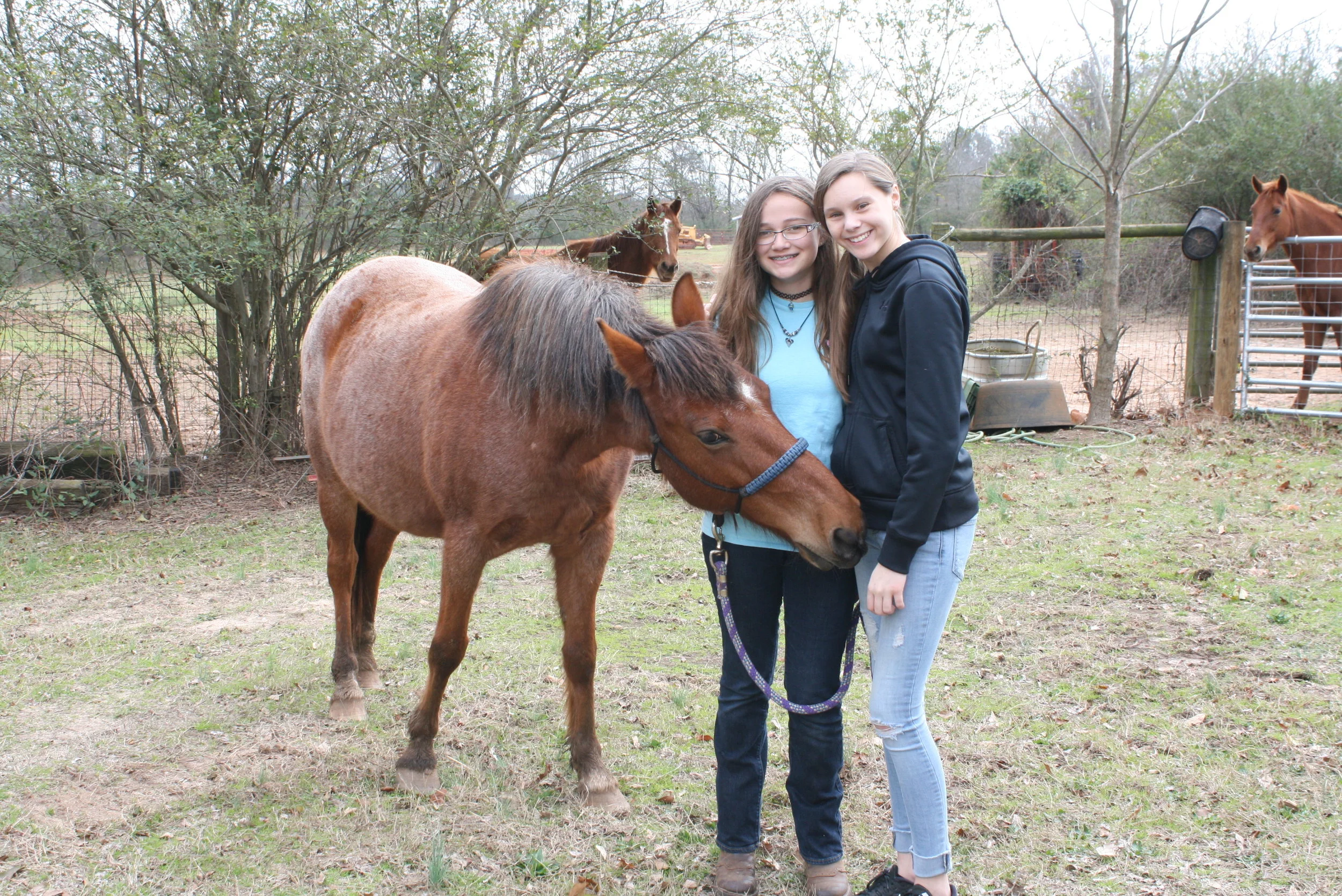The Film Process
Decided on The Mission and Purpose of the Film
Address the issue of public awareness of the Colonial Spanish Mustang strains, "American's 1st Horse, and their important to history, their benefits, and their endangerment. The Mustangs are now endangered for many reasons, including habitat destruction. These horses have the ability to help the disabled, children with diseases or special conditions, teach us valuable life lessons, and so much more.
Thought about Why I was Inspired to do the Film
Capabilities of these amazing horses and the adoption of my Corolla Spanish Mustang, Katalina, in February 2013 from The Corolla Wild Horse Fund, with the support of Steve Edwards, Gwaltney Frontiers / Mill Swamp Indian Horses
Determined the Target Audience
Various Ages of the Public Community
Determined IMPACT FOR The Community and Target Audience
Provide an impact through increasing knowledge and awareness, positive attitudes, and support for these horses
Developed Project Plan
Developed a Project Plan, included Project Steps, Advisors, Organizations, Resources (Equipment, Software, Hardware, Facilities), Interviews & Questions, Expenses, and Schedule
Commitments
Commitments from Advisors, Organizations, and Individuals for Filming and Film Showing
PLAN Into Filming Action
In the early stages of my filming, Tom Crockett assisted me with videotaping and sound recording until I was comfortable on my own. I collected all the interview footage and then reviewed it with Tom.
Create Narratives and Music
After completing the filming, I drafted up the Narration Scripts for the Introduction and for each interview. I recorded the voice-over narration and then we selected appropriate still photographs to show during the narration process.
We also added some royalty free music clips to the opening and at the beginning of the each new interview. These were dropped in and timed appropriately with what is called the "Ken Burns Effort." This is where a still photograph appears to be moving.
Next, we dropped in the interviews and edited them down to approximately one hour plus running time. The experts were very generous with their time. If I had used all of the footage, the film would have been over 2 hours long. Unfortunately, some individuals I was not able to use at all. We then added still and video footage to appear during parts of the interviews.
Finally, I wrote and recorded a closing narration and added in the credits.
FILM REVIEW
The final step was Final Review and Editing. The film was over an hour and needed to be reduced down from 1 Hour 14 Minutes to just 1 Hour. This was the hardest step of all because the film material was what I wanted to use but still had to cut 14 minutes.
ADVERTISEMENT
Reach out to organizations previously agreed to show film, determine other places for film showing, and develop website
SUSTAINABILITY OF FILM
Use organizations and website to help sustain film
